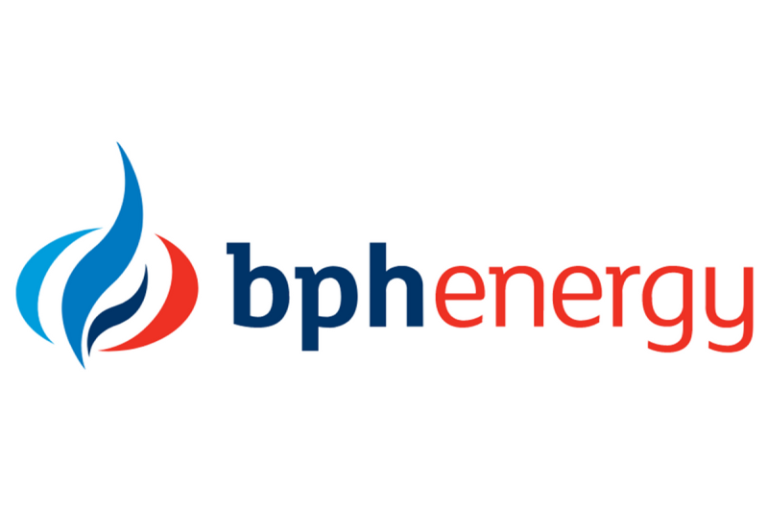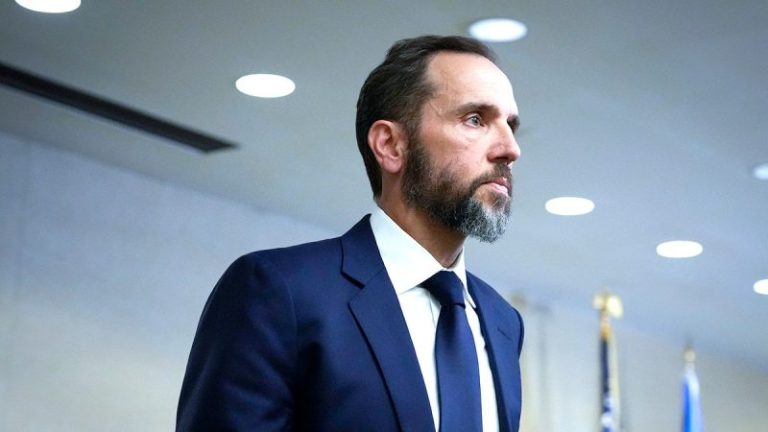European Green Transition (AIM: EGT), a company seeking to acquire and transform revenue stage businesses supporting the green energy transition in Europe, announces that it has entered into an exclusive option agreement (the ‘Option’) with Recovery Metals Cyprus Limited (‘RMC’) to sell its Pajala Copper Project in Sweden.
Highlights
- EGT has entered into an exclusive six-month option agreement with RMC for the potential sale of the Liviövaara nr 101 and Lehtosölkä nr 101 exploration licences (together, the ‘Pajala Copper Project’) in northern Sweden.
- The Pajala Copper Project represents a potential Iron Oxide Copper Gold (IOCG) target, with historical drilling confirming copper mineralisation across multiple intersections.
- Anglo American, a previous operator, completed a nine-hole diamond drilling programme at the project, identifying broad intervals of copper mineralisation indicative of an IOCG system with the potential to host a significant copper deposit.
- RMC, a privately held company incorporated in Cyprus, is focused on developing a pan-European portfolio of high-potential copper and gold projects. Its current portfolio comprises three fully licensed copper projects located in Cyprus with immediate development potential.
- Under the terms of the option agreement, RMC will fund all due diligence activities during the six-month option period.
- Should RMC choose to exercise the option, the acquisition of the Pajala Copper Project would be subject to the successful negotiation and execution of definitive transaction documents. There can be no certainty that the option will be exercised or any transaction concluded.
- The Company will provide further updates to the market as appropriate.
Cathal Friel, Co-founder and Non-Executive Chairman, commented: ‘We are pleased to have signed an exclusive option agreement with RMC for the proposed sale of our Pajala Copper Project in Sweden, marking a significant step in the execution of our strategy to generate value from our mining portfolio. The agreement provides RMC with sufficient time to complete its due diligence on the project, supported by their team who have prior operational experience in the region.
‘Copper prices are approaching record highs, underpinned by limited supply and strong market fundamentals. Growing investment in electrification and clean energy technologies together with policy measures such as the EU Critical Raw Materials Act which seeks to ensure a stable supply of critical minerals to the European market, is driving sustained demand for both copper and rare earth elements (REEs), reinforcing the potential strategic importance of EGT’s mining assets within the European supply chain. This potential transaction reinforces our approach to capital allocation as we continue to focus our resources on monetising our existing mining projects and acquiring and developing distressed, revenue-generating businesses across a diverse range of sectors.’
About the Pajala Copper Project
The Pajala Copper Project comprises three contiguous exploration permits covering an area of approximately 51.17 km². These permits are held 100% by Rockfleet Minerals Limited, a wholly owned subsidiary of EGT, and are unencumbered by royalties. The project lies 21 kilometres from the Kaunisavaara iron ore mine in the Pajala district of Norrbotten County, benefiting from well-developed local infrastructure and access to abundant renewable energy sources. Historical exploration by Anglo American between 2000 and 2001 included nine diamond drill holes totalling 1,768.9 metres, with several intercepts indicating copper and gold mineralisation. Notable results include 5.45 metres at 1.23% Cu and 1.13 g/t Au (hole 00LIV001), 10.5 metres at 0.28% Cu (hole 00LIV004), and 10.75 metres at 0.5% Cu (hole 01LIV009). These findings suggest the presence of a potentially significant IOCG-style system, underscoring the project’s strong copper potential.
Enquiries
|
European Green Transition plc Cathal Friel, Executive Chairman Jack Kelly, CFO |
+44 (0) 208 058 6129 |
|
Panmure Liberum – Nominated Adviser & Broker James Sinclair-Ford / Gaya Bhatt Mark Murphy / Rauf Munir |
+ 44 (0) 20 7886 2500 |
|
Camarco – Financial PR Billy Clegg, Elfie Kent, |
+ 44 (0) 20 3757 4980 europeangreentransition@camarco.co.uk |
Notes to Editors
European Green Transition plc (quoted on the AIM market of the London Stock Exchange under the ticker ‘EGT’) is a company which aims to capitalise on the opportunities created by the green energy transition in Europe. EGT is seeking to monetise its existing portfolio of mining projects through sale or partnership as it looks to allocate its resources away from natural resources and mining to focus on acquiring and transforming distressed, revenue generating businesses through M&A.
For more information, please go to www.europeangreentransition.com or follow us on X (formerly Twitter ) and LinkedIn.
Source










